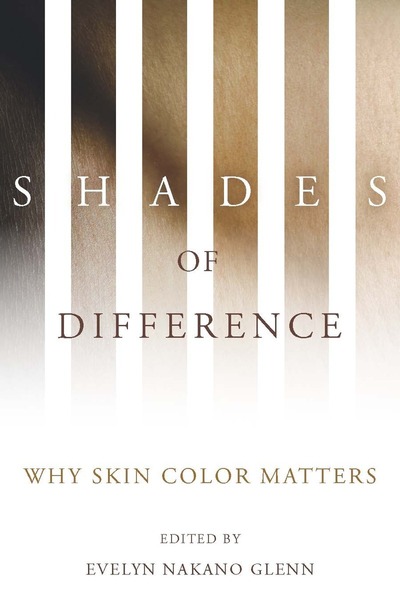Mixed Blood: An analytical look at methods of classifying racePosted in Anthropology, Articles, Brazil, Caribbean/Latin America, Identity Development/Psychology, Media Archive, Social Science, United States on 2011-04-09 19:43Z by Steven |
Mixed Blood: An analytical look at methods of classifying race
Psyhcology Today
1995-11-01
Jefferson M. Fish, Professor Emeritus of Psychology
St. John’s University, New York, New York
An analytical look at methods of classifying race.
Race is an immutable biological given, right? So how come the author’s daughter can change her race just by getting on a plane? Because race is a social classification, not a biological one. We might just have categorized people according to body type rather tha skin color. As for all those behavioral differences attributed to race, like I.Q.—don’t even ask.
Last year my daughter, who had been living in Rio de Janeiro, and her Brazilian boyfriend paid a visit to my cross-cultural psychology class. They had agreed to be interviewed about Brazilian culture. At one point in the interview I asked her, “Are you black?” She said, “Yes.” I then asked him the question, and he said “No.”
“How can that be?” I asked. “He’s darker than she is.”…
…The short answer to the question “What is race?” is: There is no such thing. Race is a myth. And our racial classification scheme is loaded with pure fantasy…
…Since the human species has spent most of its existence in Africa, different populations in Africa have been separated from each other longer than East Asians or Northern Europeans have been separated from each other or from Africans. As a result, there is remarkable physical variation among the peoples of Africa, which goes unrecognized by Americans who view them all as belonging to the same race.
In contrast to the very tall Masai, the diminutive stature of the very short Pygmies may have evolved as an advantage in moving rapidly through tangled forest vegetation. The Bushmen of the Kalahari desert have very large (“steatopygous“) buttocks, presumably to store body fat in one place for times of food scarcity, while leaving the rest of the body uninsulated to radiate heat. They also have “peppercorn” hair. Hair in separated tufts, like tight curly hair, leaves space to radiate the heat that rises through the body to the scalp; straight hair lies fiat and holds in body heat, like a cap. By viewing Africans as constituting a single race, Americans ignore their greater physical variability, while assigning racial significance to lesser differences between them.
Although it is true that most inhabitants of northern Europe, east Asia, and central Africa look like Americans’ conceptions of one or another of the three purported races, most inhabitants of south Asia, southwest Asia, north Africa, and the Pacific islands do not. Thus, the 19th century view of the human species as comprised of Caucasoid, Mongoloid, and Negroid races, still held by many Americans, is based on a partial and unrepresentative view of human variability. In other words, what is now known about human physical variation does not correspond to what Americans think of as race…
…Americans believe that race is an immutable biological given, but people (like my daughter and her boyfriend) can change their race by getting on a plane and going from the United States to Brazil—just as, if they take an avocado with them, it changes from a vegetable into a fruit. In both cases, what changes is not the physical appearance of the person or avocado, but the way they are classified.
I have focused on the Brazilian system to make clear how profoundly folk taxonomies of race vary from one place to another. But the Brazilian system is just one of many. Haiti’s folk taxonomy, for example, includes elements of both ancestry and physical appearance, and even includes the amazing term (for foreigners of African appearance) un blanc noir—literally, “a black white.” In the classic study Patterns of Race in the Americas, anthropologist Marvin Harris gives a good introduction to the ways in which the conquests by differing European powers of differing New World peoples and ecologies combined with differing patterns of slavery to produce a variety of folk taxonomies. Folk taxonomies of race can be found in many—though by no means all—cultures in other parts of the world as well…
Read the entire article here.
